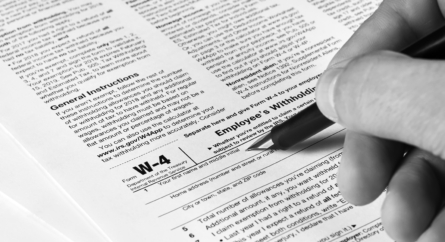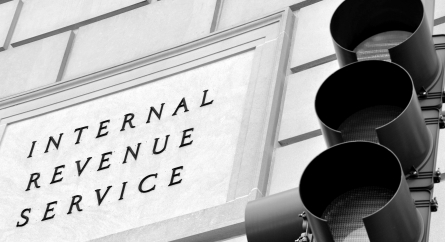DOL Proposes New Rules for Selecting Retirement Plan Investments
If you are a member of the committee for your employer’s pension, 401(k), profit-sharing, or 403(b) plan, you should check out a set of proposed rules for selecting investments. If you have an outside investment advisor, as you probably should, they should be bringing these proposals to your attention. This process of the DOL’s presents a good opportunity to look at your plan’s procedures to assure that you and your advisor are both meeting your fiduciary responsibilities.
The Notice outlining the background and contents of the proposed rules can be found on the DOL’s website.
The Notice adds five core principles for fiduciaries:
- New regulatory text to codify the Department’s longstanding position articulated in interpretive bulletins (IBs) published in 1994, 2008, and 2015 that ERISA requires plan fiduciaries to select investments and investment courses of action based on financial considerations relevant to the risk-adjusted economic value of a particular investment or investment course of action.
- An express regulatory provision stating that compliance with the exclusive purpose (loyalty) duty in ERISA section 404(a)(1)(A) prohibits fiduciaries from subordinating the interests of plan participants and beneficiaries in retirement income and financial benefits under the plan to non-pecuniary goals.
- A new provision that requires fiduciaries to consider other available investments to meet their prudence and loyalty duties under ERISA in furthering the purposes of the plan.
- The proposal acknowledges that ESG factors can be pecuniary factors, but only if they present economic risks or opportunities that qualified investment professionals would treat as material economic considerations under generally accepted investment theories. New regulatory text sets forth required investment analysis and documentation requirements in the rare circumstances when fiduciaries are choosing among economically “indistinguishable” investments (related to the so-called “tiebreaker rule” in the 1994, 2008, and 2015 IBs). The documentation requirement is intended to provide a safeguard against the incentive for fiduciaries to improperly find economic equivalence and make decisions based on non-pecuniary benefits without a proper analysis and evaluation. Fiduciaries already commonly document and maintain records about their investment selections. The provision in the proposal would make that general practice required where a fiduciary determines that alternative investment options are economically indistinguishable and where the fiduciary chooses one of the investments on the basis of a non-pecuniary factor.
- A new provision on selecting designated investment alternatives for 401(k)-type plans. The proposal states the Department’s view that the prudence and loyalty standards set forth in ERISA apply to a fiduciary’s selection of an investment alternative to be offered to plan participants and beneficiaries in an individual account plan (commonly referred to as a 401(k)-type plan). The proposal describes the requirements for the selection of investment alternatives for such plans that purport to pursue one or more environmental, social, and corporate governance-oriented objectives in their investment mandates or that include such parameters in the fund name.
Some plans would have to modify their processes for selecting and monitoring investments. The rule may impose costs on plans whose current documentation and record keeping are insufficient to meet the new requirement. Plans would need to document selections in some circumstances where a fiduciary concludes the alternative investment options are economically indistinguishable. The Department does not expect this requirement to impose a significant cost as these situations are rare. Overall, the proposed rule would assist fiduciaries in carrying out their responsibilities, while promoting the financial interests of current and future retirees.
The entire 62 pages of the actual proposal are available for you to read.
Categorized: Benefits
Tagged In: 401(k), 403(b), Retirement Plan













